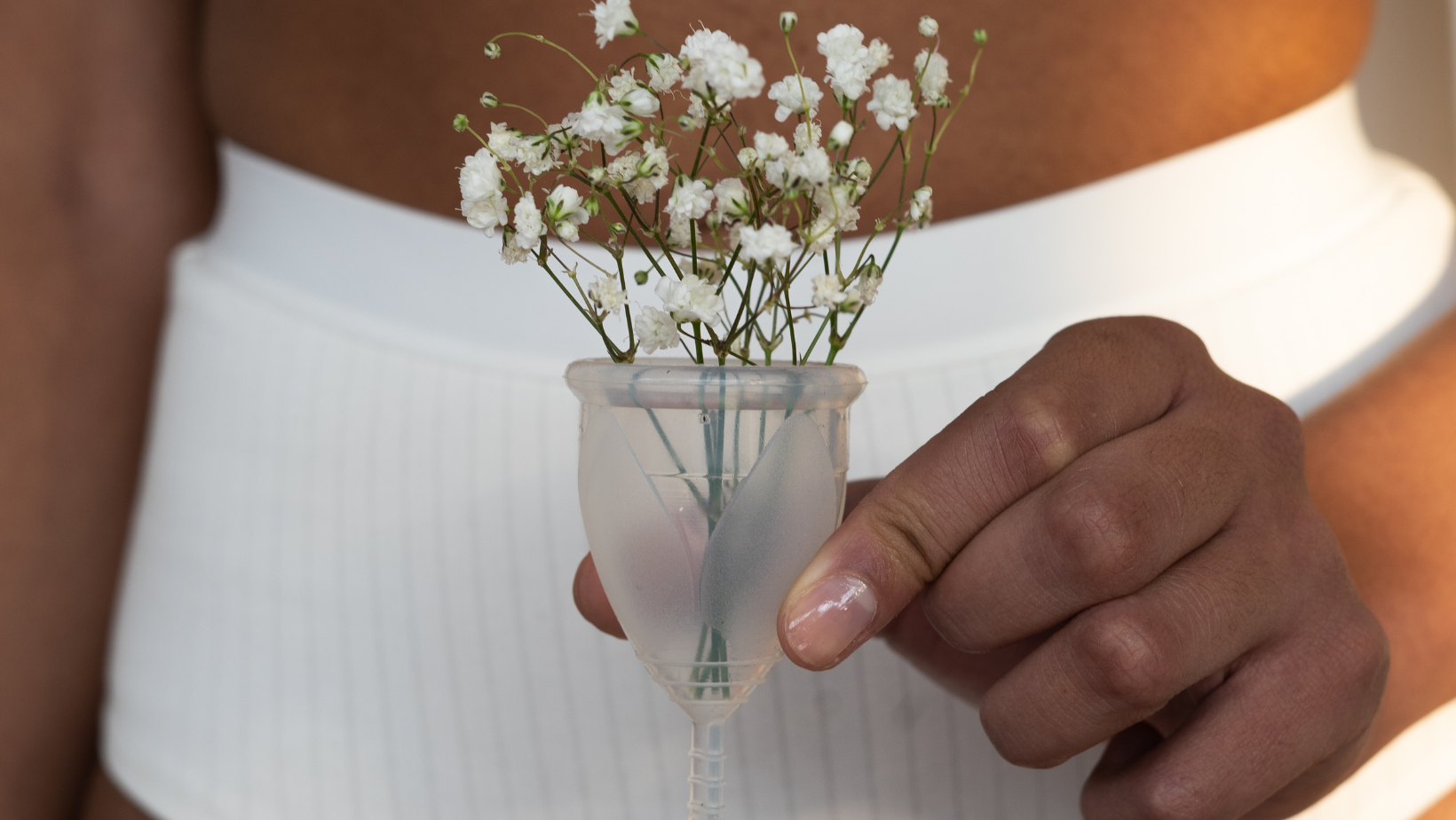Cycle Tracking and Nutrition
Article by Olive Rosenvinge
What is the Menstrual Cycle?
The menstrual cycle is an ongoing process throughout the month ending with the shedding of the uterine lining which is menstruation. The average cycle is 28 days and involves a fluctuation of hormones, namely Oestrogen, Progesterone, LH and FSH.
The first half of the cycle is called the Follicular Phase, and the second half is the Luteal Phase. Ovulation is sandwiched between them. Tuning into where you are in your cycle and your patterns could help you improve your strength, performance, mood and energy levels at each phase, and manage any premenstrual symptoms. Remember, every woman is different and your ‘normal’ might be different from your friends. You know your body best.
Menstruation
1 to 7 days
The bleed (the period)
Oestrogen and Progesterone hormones are low
Rest is important
Symptoms: bloating/inflamed, cramps, irritability, nausea, more tearful, gut related symptoms (e.g., looser stools) due to low progesterone levels.
Foods: Aim to eat unprocessed, nutrient rich, anti-inflammatory and easy to digest foods to keep energy and blood sugar levels steady. Focus on iron rich foods (pulses, lentils, pumpkin seeds, prunes, spinach, grass-fed beef, eggs and fish). Get a good mix of lean proteins, healthy fats and low GI (glycaemic index - how quickly and significantly they raise blood sugar levels after a meal) complex carbohydrates.
Exercise: Rest or very low intensity exercise such as walking.
Follicular Phase
3 to 11 days
Oestrogen starts to rise
Our energy goes up, we’re more creative, sociable and have more stamina
Symptoms: not many debilitating symptoms
Food: Aim to eat light, fresh vibrant vegetables and fermented foods to support gut health and oestrogen clearance
Exercise: do more intense exercises like HIIT and cardio
Ovulation
12 to 18 days
We release an egg and Oestrogen surges
Energy levels are very high, we are very outgoing, motivated, and confident, stronger in the gym, libido is high, our skin looks better, and we typically have a smaller appetite. This week tends to be everyone’s best
Symptoms: breast tenderness
Foods: Aim to eat plenty of leafy greens and fresh vegetables to optimise our gut and promote better overall health. Incorporate lots of antioxidant-rich foods, fibre, and wholegrain carbohydrates. Choose monounsaturated and polyunsaturated fats, and foods which are rich in vitamin D and folic acid
Exercise: continue to participate in high intensity activities like kickboxing, running, and rowing
Luteal Phase
13 to 24 days
The time between ovulation and our period
Oestrogen falls and progesterone (our calming hormone), starts to rise. Higher progesterone levels naturally make us more insulin resistant which is why women start to feel hungrier and crave sweet things. There is an increase in body temperature by half a degree, which could impact sleep. Metabolism increases, burning 300 calories extra on average. There is a higher protein and fat breakdown in this phase, so it essential to ensure these macronutrients are consumed.
Symptoms: sleep disturbance, feeling more groggy, irritable and maybe a bit off the mark when it comes to performing in work or in exercise. We retain more fluid, so try to cut down on caffeine, alcohol and salt as they can exacerbate water retention and bloating
Foods: Aim to eat high protein and healthy fats, colourful fruit and vegetables to increase antioxidant levels, complex high-fibre carbohydrates to curb sugar cravings. Include magnesium-rich foods to support sleep, focus on Calcium and B vitamins, especially B1 and B6 to support hormonal health.
Exercise: We need to start slowing down the exercise and focus on restorative practices like yoga
Summary
Our hormones, brain, metabolism, immune system, stress response and digestion all change throughout our cycle.
We need to work with the changes if we want to optimise our hormones and feel our best.
Overall, nutrition can play a significant role in how you experience your menstrual cycle
Take Home Message
• Base your diet around whole, plant-based foods, quality proteins and healthy fats a good foundation
• Drink plenty of water
• Listen to your body
• Every woman’s cycle is different
This blog post was written by Olive Rosenvinge. Olive has a first class degree in Food Science and Nutrition from the University of Leeds and looks forward to a future career helping people to eat better to maximise our quality of life and debunking nutrition myths. Her interests and hobbies include running, cooking and often hosting weekly dinner parties and events for her family and friends. You can find her on Instagram @lusciouslylivs.
References:
https://www.forbes.com/health/womens-health/what-to-eat-during-menstrual-cycle-phases/
https://joinzoe.com/learn/podcast-the-menstrual-cycle-decoded
https://moodymonth.com/articles/what-foods-to-eat-during-your-cycle
https://www.naturalnourishment.me
https://jodiebrandman.com/fhh/
https://www.thefoodmedic.co.uk

